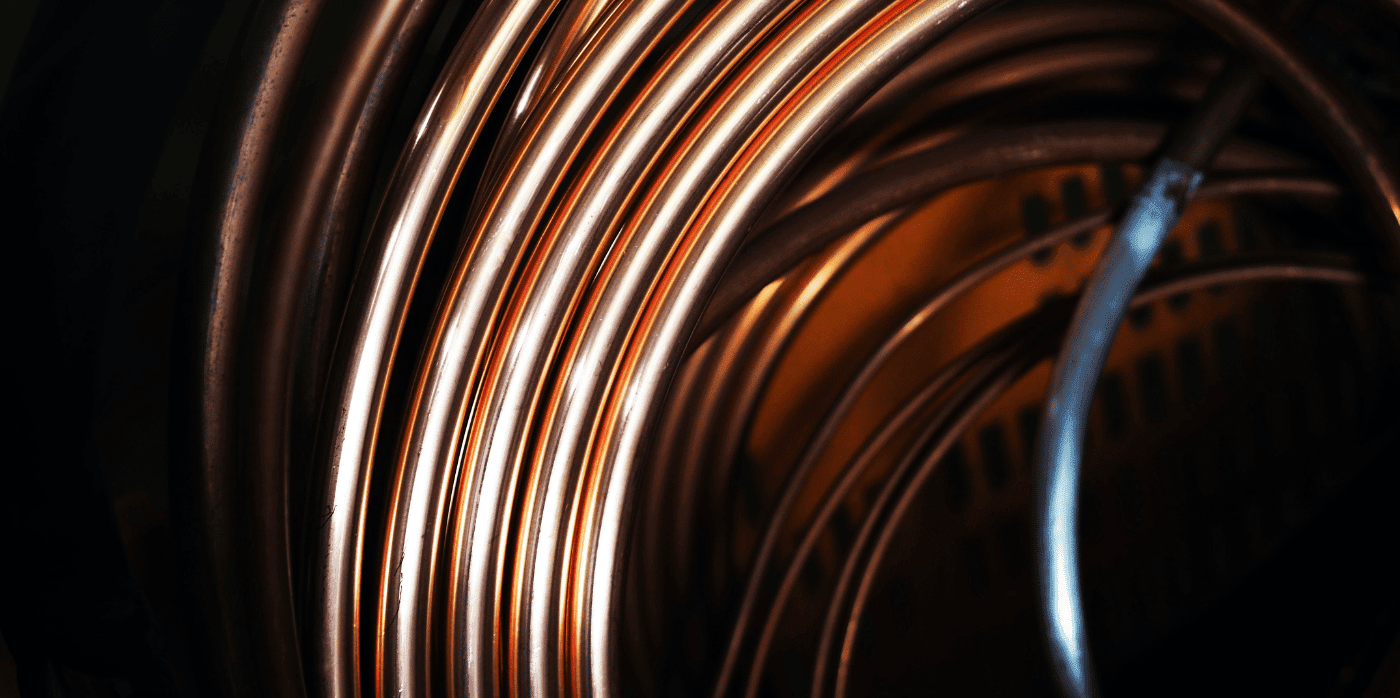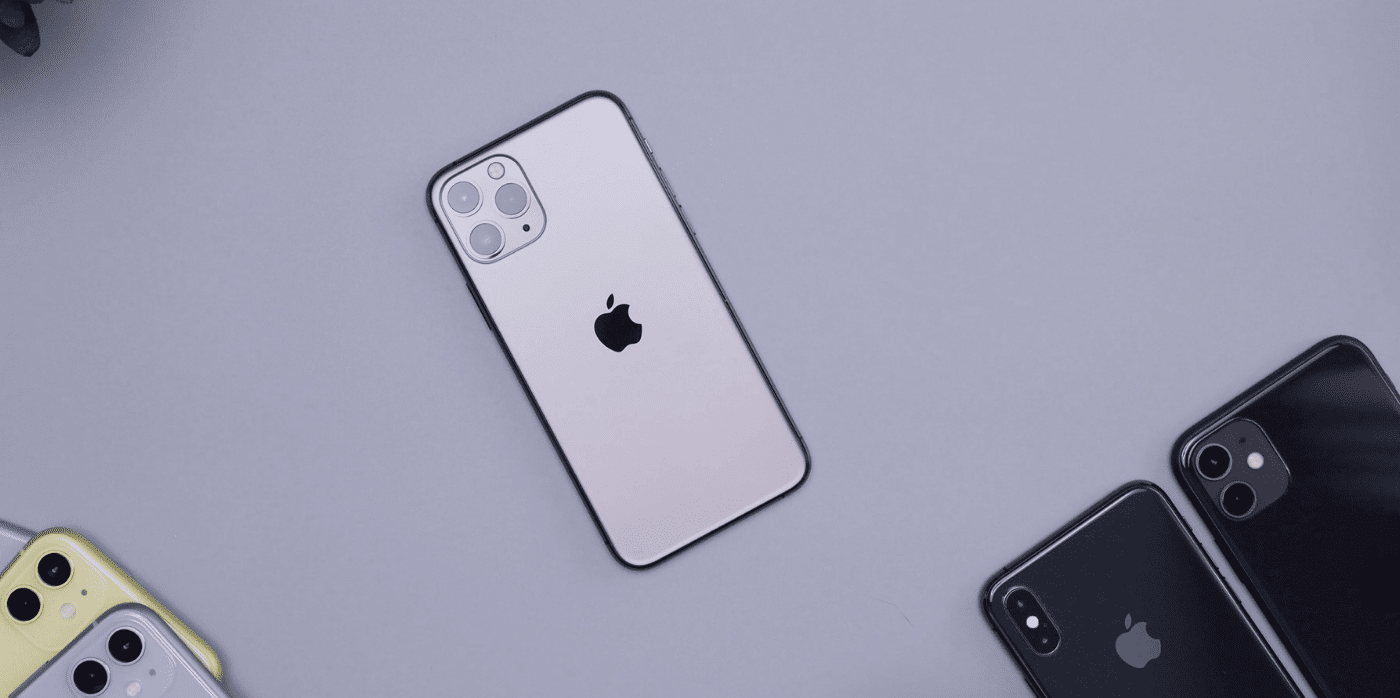Recycling e-waste with microbes – Springwise

Spotted: According to Statista, more than 50 million metric tonnes of e-waste are generated every year. And as the world becomes increasingly digitised and reliant on technology, this is only set to increase. Often, this e-waste ends up in developing countries, where electronics are burned on a mass scale to reveal precious metals, releasing extremely harmful toxic gases.
But now, New Zealand company Mint Innovation has devised an eco-friendly multi-step process for breaking down e-waste. The technology uses low-cost and low-impact biorefineries that extract valuable metals from scrap circuit boards so they may be reused, reducing future need for mined materials.
First, electronic circuit boards are ground up. If metals can’t be retrieved using electrochemistry, Mint dissolves the precious metals using its proprietary green chemistry – chemistry that either reduces or completely eliminates the use or “generation of hazardous substances”.
The company then recovers metals from the solution with a bioabsorption process, whereby special microbes added to the solution absorb the metals. A centrifuge separates metals from the microbes and these extracted materials are then refined into pure metals, ready to be repurposed and resold as items like jewellery or new electronics.
Although Mint has been focused on recycling electronic devices and scrap circuit boards so far, the technology could also be used in the recycling of batteries and catalysts on a large scale.
Other e-waste innovations spotted by Springwise include clean e-waste recycling and mineral processing, the world’s first fully recyclable computer chip substrate, and a project where gamers can return their e-waste for Minecraft coins.
Written By: Matilda Cox


